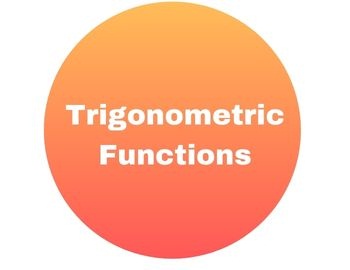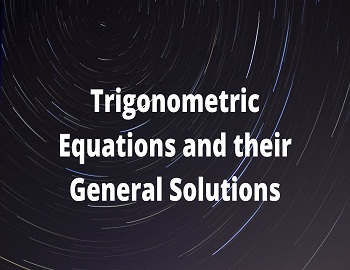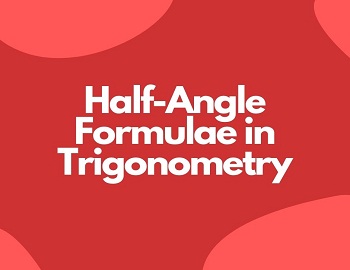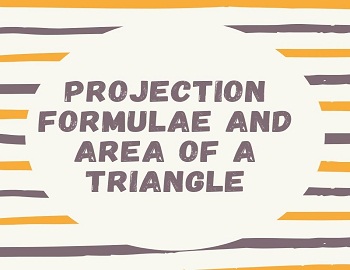Factorial Notation:
If n be a natural number, then the continued product of first n natural numbers is known as factorial n and is denoted by n!. 0! can be shown to be equal to 1. The Factorial of a negative integer or of a fraction is not defined, but (1/-r!), where r ∈ N is taken to be equal to zero.
| Thus, 5! = 5 x 4 x 3 x 2 x 1 = 120 6! = 6 x 5 x 4 x 3 x 2 x 1 = 720 or 6! = 6 x 5! = 6 x 5 x 4! and so on |
| Theorem 1: (n!)2 ≤ nn. n! < (2n)!, n ∈ N. Proof- (n!)2 = n! x n! = {1 x 2x 3 x … (n – 1) x n} . n! Now, 1 ≤ n, 2 ≤ n, 3 ≤ n, … n – 1 ≤ n, n ≤ n ⇒ 1 x 2 x 3 x … x (n – 1) x n ≤ nn ⇒ n! ≤ nn ⇒ n! . n! ≤ nn . n! ⇒ (n!)2 ≤ nn . n! ……….(i) Also, (2n)! = {1 x 2 x 3 x … x (n -1) x n} x (n + 1) …. x (2n – 1) x 2n ⇒ (2n)! = n! x (n + 1) (n + 2) … (2n – 1) (2n) Now, n + 1 > n, n + 2 > n, n + 3 > n, … 2n – 1 > n, 2n > n ⇒ (n + 1) (n + 2) (n + 3) …. (2n – 1) (2n) > nn ∴ n! x (n + 1) (n + 2) …. (2n – 1) (2n) > n! x nn ⇒ (2n)! > n! x nn ⇒ n! . nn < (2n)! ……….(ii) From (i) and (ii), it follows that (n!)2 ≤ nn. n! < (2n)! |
| Theorem 2: (n! + 1) is not divisible by any natural number lying between 2 and n (both inclusive). Proof- Let the natural number p be divisible by q and r be a natural number lying between 1 and q. Obviously then, if, p + r is divided by q, then we get r as the remainder. Now, n! = 1 x 2 x 3 x … x (n – 1) x n. So n! is divisible by any natural number between 2 and n. Therefore, (n! + 1), when divided by any natural number between 2 and n, gives 1 as the remainder. Hence, (n! + 1) is not divisible by any natural number between 2 and n. |
| Theorem 3: If n ≥ 1, then n! is divisible by r! for 1 ≤ r ≤ n. Proof- n!/r! = [n (n – 1) (n – 2) (n – 3) … r (r – 1) (r – 2) … 3 . 2 . 1] / [r (r – 1) (r – 2) … 3 . 2 . 1] ⇒ n!/r! = n (n – 1) (n – 2) … (r + 1), which is a natural number ∴ n! is divisible by r! |
| Theorem 4: The product of r consecutive natural numbers can be written as the quotient of two factorials. Proof- Let the product of r consecutive natural numbers be taken as k (k + 1) (k + 2) … (k + r – 1). Now, k (k + 1) (k + 2) … (k + r – 1) = [(k -1 )! . k (k + 1) (k + 2) … (k + r – 1)] / (k -1 )! = (k + r – 1)!/(k – 1)! Hence, the statement follows. |
| Example 1: Prove that 1/2! + 1/3! + 1/4! = 17/24 Solution- 1/2! + 1/3! + 1/4! = 1/2! + 1/(3 x 2!) + 1/(4 x 3 x 2!) = 1/2! (1 + 1/3 + 1/12) = 1/2 (17/12) = 17/24 |
| Example 2: If n! = 132 (n – 2)! , find n. Solution- n! = 132 (n – 2)! ⇒ n (n – 1) (n – 2)! = 132 (n – 2)! ⇒ n (n – 1) = 132 ⇒ n (n – 1) = 12 x 11 ⇒ n = 12 |
| Example 3: If (n + 2)! = 870 n! , find n. Solution- (n + 2)! = 870 n! ⇒ (n + 2) (n + 1) (n!) = 870 n! ⇒ (n + 2) (n + 1) = 870 ⇒ (n + 2) (n + 1) = 30 x 29 ⇒ (n + 2) = 30 ⇒ n = 28 |
| Example 4: Prove that n! + (n + 1)! = (n + 2) . n! Solution- n! + (n + 1)! = n! + (n + 1) . n! = n! [1 + n + 1] = n! (n + 2) = (n + 2) n! |









Comments (No)